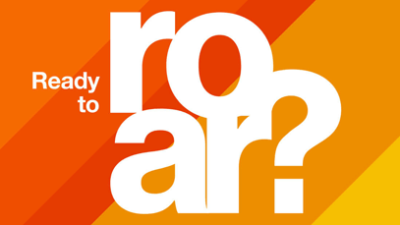Imaging Science Thesis Defense: Towards Robust Deep Learning for Medical Imaging with Limited and Noisy Labeled Data

Imaging Science Ph.D. Defense
Towards Robust Deep Learning for Medical Imaging with Limited and Noisy Labeled Data
Bidur Khanal
Imaging Science Ph.D. Candidate
Rochester Institute of Technology
Register for Zoom here
Abstract:
Deep learning (DL) has emerged as a powerful tool in medical imaging, assisting healthcare professionals with several decision-making tasks, such as disease diagnosis, surgical intervention, and treatment planning. Supervised deep learning methods typically require large amounts of high-quality labeled data for training. However, acquiring high-quality labeled data in the medical domain is challenging due to factors such as the high cost of expert annotation and the presence of label noise, often due to inherent user/expert annotation variability. Models trained on limited or noisy labeled data suffer from poor performance due to overfitting, thus reducing their generalizability and trustworthiness for medical applications. During recent years, several works have been proposed to tackle the challenge of learning with limited and noisy labeled data in general machine learning. However, the complexity of medical data, including factors like subtle distinguishing features, imbalanced classes, and different imaging modalities, makes this challenge even more prevalent in the medical domain. This dissertation explores multiple approaches to overcome the issue of learning with limited and noisy labeled data for robust medical image applications. We first began by investigating the impact of class-dependent label noise on medical image classifiers to understand the effects when noisy and clean target classes are visually similar. Next, we introduced a framework to enhance robustness against noisy labels using self-supervised pretraining. To tackle the challenge of limited labeled data, we further proposed an active learning pipeline to reduce labeling efforts by leveraging multimodal information. Additionally, we developed a framework for handling noisy labels in imbalanced medical image classification by separating noisy from clean labels and gradually relabeling incorrect samples. Lastly, as multiple factors influence learning with noisy labels in medical classification, including the number of classes, dataset complexity, training methods, noise types, and self-supervised training approaches, we conducted an in-depth study on the benefits of self-supervised pretraining in improving robustness against label noise across various datasets, taking these factors into account. Our final contribution is aimed towards robust multimodal learning by addressing the issue of hallucination in Vision-Language Models (VLMs). For this application, we created a vision-language medical dataset with hallucination-aware annotations and established initial benchmarks for VLMs, laying the groundwork for future research in medical applications.
Intended Audience:
All are Welcome!
To request an interpreter, please visit myaccess.rit.edu
Event Snapshot
When and Where
Who
This is an RIT Only Event
Interpreter Requested?
No








